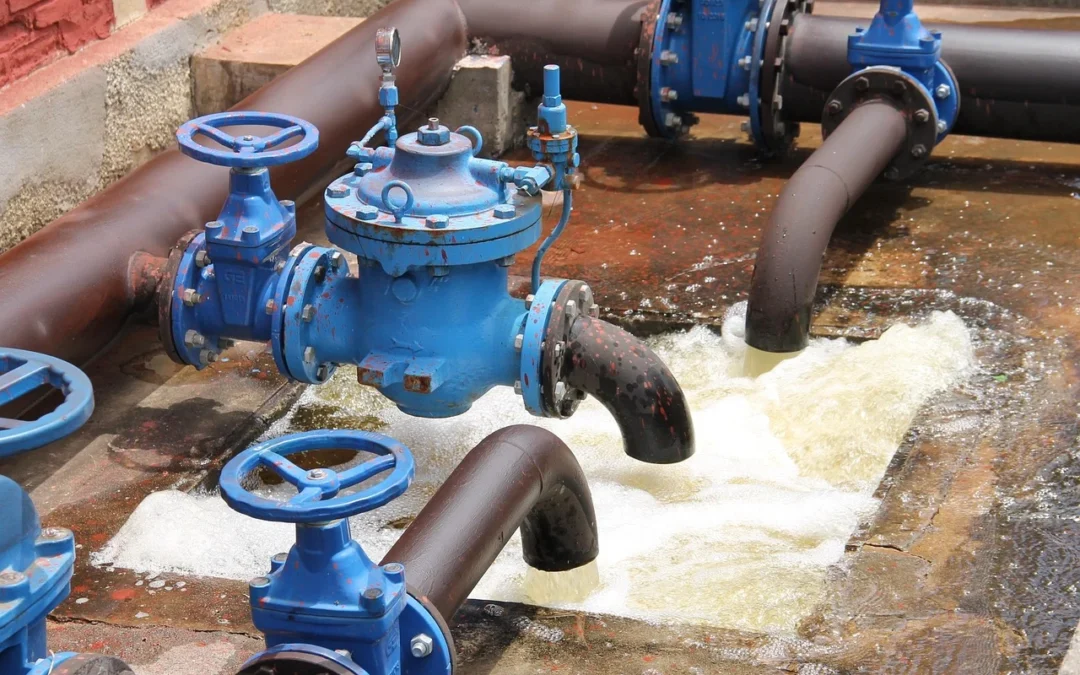Urban areas are constantly evolving and expanding, and with this growth comes the need for a reliable infrastructure to support the daily lives of millions of people. Among the various systems in place, sewage pumping stations play a key role in managing wastewater and ensuring that cities remain functional and livable. These stations might not be visible or top of mind for most city dwellers, yet they are essential workers in urban development.
Imagine a city without a properly structured sewage system. Streets would be more than just bustling pathways; they could turn into rivers of chaos in heavy rain. This is where sewage pumping stations come into play. They help manage the flow of wastewater, making sure everything goes smoothly and efficiently, which in turn supports the overall health of urban infrastructure.
What Is a Sewage Pumping Station?
A sewage pumping station is a facility that helps move wastewater from lower to higher elevations. This process is crucial, especially in flat areas or where gravity alone isn’t enough to guide the wastewater through the entire system. The pumping station collects wastewater from homes and businesses and then pumps it to treatment facilities or higher ground, allowing it to continue its journey through the sewer network.
Let’s break it down simply:
– Collection: Wastewater is collected in a chamber, or wet well, at the station.
– Pumping: Powerful pumps push the water through pipes towards the treatment facilities.
– Control Mechanisms: These ensure that the pumps operate efficiently and prevent system overloads.
The station typically includes powerful pumps, electrical systems, and control mechanisms. It might not seem like a lot to take in, but each component plays a part in keeping the city’s system running.
Benefits of Sewage Pumping Stations in Urban Areas
The benefits of sewage pumping stations extend far beyond just keeping things dry and tidy. They offer several advantages that help cities thrive:
1. Prevention of Flooding and Waterlogging: These stations reduce the risk of streets turning into small lakes during rainy days, helping to keep roads and public spaces accessible.
2. Efficient Wastewater Management: They ensure a smooth transport of wastewater from one area to another, alleviating strain on local sewer systems.
3. Promotion of Public Health and Sanitation: By efficiently managing waste, these stations help in minimizing health hazards and maintaining sanitation standards.
The intricate workings of a sewage pumping station might not be glamorous, but they are essential for urban life. As cities continue to grow, the demand for well-maintained, efficient infrastructure only becomes more critical.
How Sewage Pumping Stations Support Urban Development
Sewage pumping stations don’t just keep the water flowing; they also play a big role in shaping urban development. As cities expand, these stations become cornerstones of new neighbourhoods and business districts. When building a new housing development, it’s crucial to have a reliable sewage system in place. Without it, the prospects for growth and prosperity become limited. This is why developers often prioritise installing sewage pumping stations when planning new projects.
City planners also rely on these stations to make urban life functional. By incorporating efficient sewage systems, they can design better housing layouts and public spaces, ensuring that everything remains balanced. Proper sewage infrastructure supports higher densities, making it possible to add more homes and businesses without overwhelming the existing network. This balance helps promote smooth urban expansion, making areas more attractive for investment and living.
Future Trends and Innovations
The future of sewage pumping stations looks promising with advancements in technology. Modern stations can benefit from automation, making operations smoother and more efficient. Smart sensors and monitoring systems can help detect issues before they escalate, ensuring quick maintenance responses. These enhancements also help save energy and reduce operational costs, which is important as cities strive to become more sustainable.
Additionally, there’s a growing focus on making these systems environmentally friendly. New designs aim to minimise their ecological footprint by utilising renewable energy sources and advanced materials. As cities become smarter, so too will their infrastructure. Sewage systems are no exception. By embracing innovation, they’ll meet the demands of the future more effectively.
Keeping Our Cities Clean and Efficient
Sewage pumping stations may seem like just another piece of infrastructure, but they are critical to urban living. They help maintain cleanliness and efficiency, which are essential for any thriving city. Proper maintenance not only keeps them functioning but also extends their lifespan, making them a long-term solution for urban challenges.
In recognising their importance, there is a greater emphasis on proactive measures. Regular checks and timely upgrades ensure that pumping stations perform at their best, preventing potential issues. This commitment to maintaining infrastructure echoes a broader responsibility to safeguard our urban environments. By supporting these vital systems, residents and authorities alike contribute to the overall well-being of their communities. Sewage pumping stations remind us of the unseen parts of city life that make a visible difference.
Discover how a sewage pumping station can make a difference in urban life by efficiently managing wastewater and supporting growth. As a leading authority in sewage systems, A&C Pumps Ltd can guide you through the process of optimizing your local infrastructure. To explore further and see how we can assist you, learn more about our sewage pumping station.

